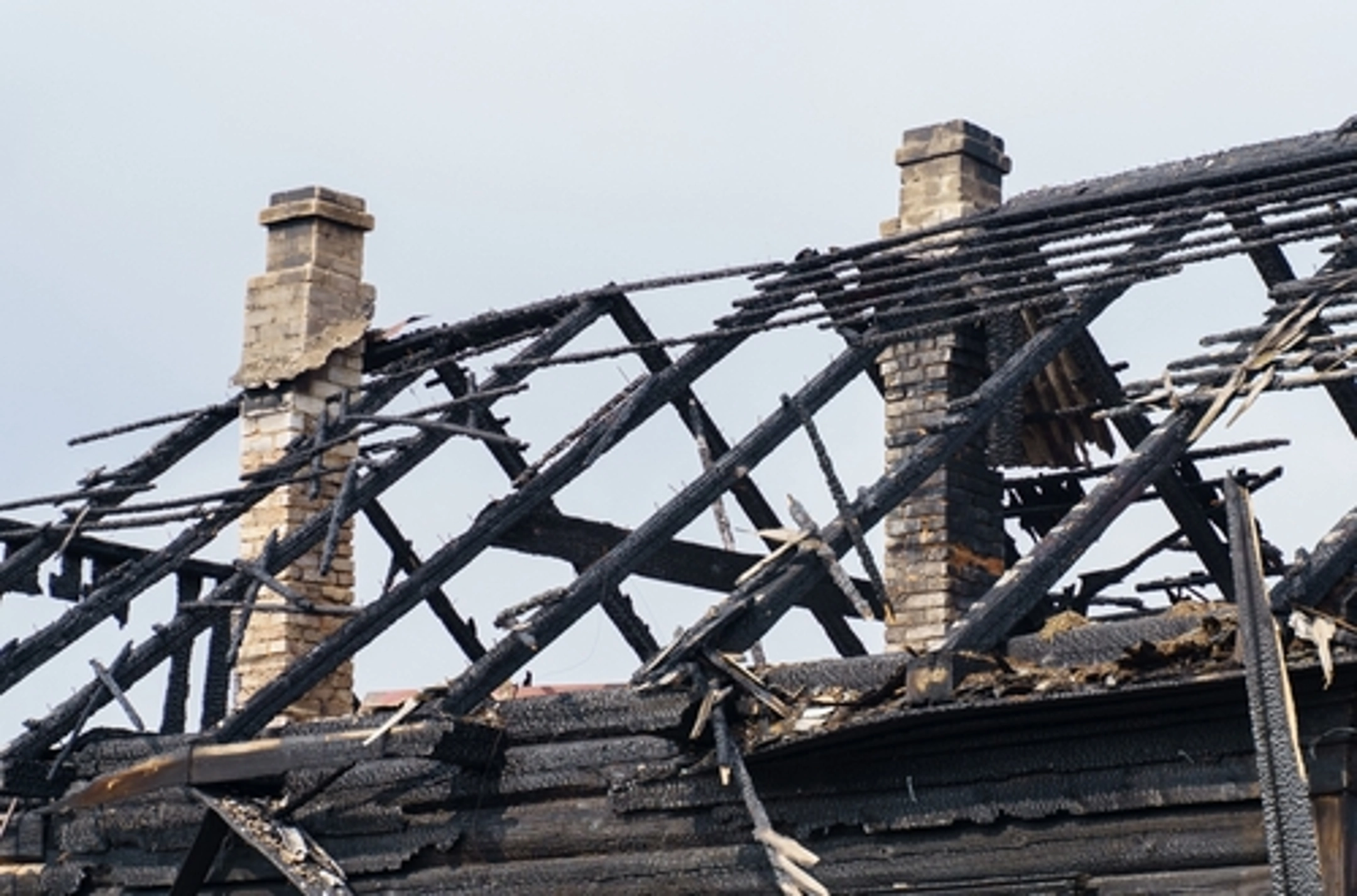
No matter how you intend to use an attic—whether you need extra storage or wish to use the space for a new bedroom—fire prevention should be high on your list of priorities. The Federal Emergency Management Administration (FEMA) estimates that 10,000 attic fires occur in the United States each year. Here at SERVPRO®, we have compiled some tips to help keep you, your family, and property safe from an attic fire.
What Causes Attic Fires?
Attic fires can start from a multitude of sources. Understanding these ignition sources, along with prevention tactics, is key.
- Because attics are often small and frequently go unnoticed or unvisited, FEMA estimates nearly 43% of any fire started in an attic was caused by electrical overload. Without smoke detectors, fires may not be detected until they get out of hand.
- An improperly sealed attic may be susceptible to water damage during heavy storms. When water reaches those electrical outlets, a fire is likely.
- Outdated HVAC and heating systems can also cause attic fires. Attics are notorious for trapping heat, making outdated HVAC systems prone to overheating and combusting.
Can Attic Insulation Catch Fire?
According to Fire Safety Support, insulation, a common feature in homes (and often attics), is typically made from one of three primary materials: cellulose, fiberglass, and mineral wool. Each type of insulation has its own set of benefits and drawbacks.
- Cellulose insulation, while widely used, is highly flammable. This knowledge is crucial for making informed decisions about your home's safety.
- Fiberglass is non-flammable, and its glass composition offers excellent fire protection.
- Mineral wool is made from ground-up rock, soil, and other naturally occurring minerals. It is less potent than fiberglass but still highly fire-resistant, making it a safe choice for your home.
Fiberglass is designed with materials that will not catch fire. However, they are susceptible to melting under extreme temperatures. Just installing this insulation does not mean you are free from fire. There are still other conduits in your attic that are susceptible.
How to Prepare for a Fire
As the saying goes, the perfect defense is a good offense—in this case, taking precautions that help prevent fires in the first place. Still, even with the best preparations, sometimes emergencies happen, and we must take steps to ensure the safety of ourselves and our loved ones.
Start by planning an emergency evacuation route, then practicing that route. When a fire occurs and smoke impairs visibility, knowing where to find safety is essential. Additionally, Home Upward states that if you have dogs or cats, you should keep leashes by the door to allow for easy handling of your pet, since they may be scared when an emergency happens. You should also have some type of emergency kit on hand, like a storm kit or a basic car emergency kit. While it is often very tempting to start grabbing everything you think you might need, Ready.gov recommends every emergency kit contains these items, particularly for your car in case you need to make a quick evacuation during a fire:
- Ice scraper.
- Jumper cables.
- Flares or reflective triangle.
- Blanket.
- Map.
- Car cell phone charger.
- Sand to increase tire traction.
How to Prevent Attic Fires
According to Homes & Gardens, there are various ways you can help prevent attic fires, including:
- Install working smoke detectors in every area of your room. Then, test each smoke detector to ensure each one is working correctly. This way, if a fire does occur, you have an early notice and can act to put it out (if safely possible) before it gets out of hand.
- As First Alert notes, every home should have a fire extinguisher to help put out small fires.
- Look over the materials your attic is constructed with. Are you using flame-resistant insulation, drywall, or paint? If the answer is no, consider replacing it where possible.
- Your attic should be clutter-free. It is okay to use your attic as storage, but there should be plenty of breathing room. The more clutter your attic holds (especially items that are combustible), the more prone it is to potential ignition.
- Lastly, consider the ventilation in your attic. There should be proper ventilation to prevent overheating of any items, using something like a well-functioning HVAC system.
- Additionally, the Fire Safety Research Institute offers additional insights and best practices for helping to prevent attic fires.
SERVPRO is Here to Help® Clean Up Attic Fire Damage 24/7
Attic fires can strike without warning, but when emergencies happen, call your local SERVPRO, where trained professionals will work hard to make the fire damage “Like it never even happened.” Established in 1967, SERVPRO has grown to become the #1 choice in fire and water cleanup and restoration*. Employing a thorough fire restoration process, SERVPRO can handle any size fire damage.
With 2290 locations spanning the United States and Canada, there is a SERVPRO near you, ready to assist with fire damage cleanup and restoration, along with a variety of other remediation and construction solutions, including document restoration and deodorization. Call us anytime, day or night, for our comprehensive cleanup, restoration, and construction services.
For more information, review our FAQ, Glossary, fire restoration resources, and more.